How Freelancers Can Build a Reliable Budget and Maintain Financial Stability
Anúncios
Step 1: Understand the Nature of Your Income

One of the biggest differences between freelancing and traditional employment is the lack of a consistent paycheck. While some months may bring in a windfall, others can leave you wondering how to make ends meet.
🔍 Analyze Your Earnings
Start by looking back at your income over the past 6 to 12 months:
Anúncios
-
Calculate your monthly average income: Add up your earnings and divide by the number of months. This gives you a baseline to work with.
-
Identify high and low-income seasons: Note the periods where work tends to slow down or pick up — for example, December might be slow, while spring could be your busiest time.
-
Budget based on your lowest months: Avoid basing your spending on the best months. Use a conservative approach by budgeting around your lowest recurring income.
✅ Pro Tip:
If your income fluctuates a lot, calculate two averages — one including all months and another excluding outlier months. Use the lower figure to plan your monthly budget.
Step 2: Categorize and Prioritize Your Expenses
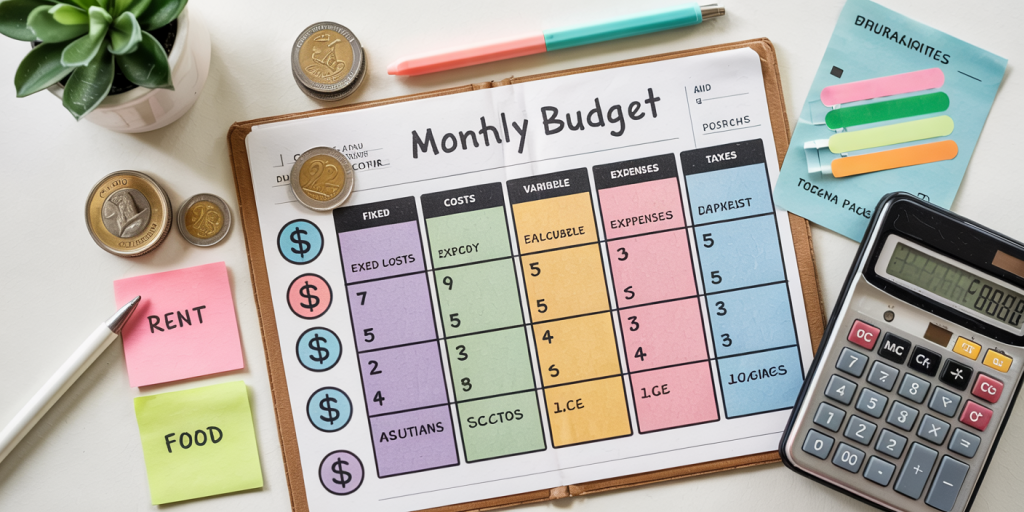
Anúncios
Clarity is power when it comes to your finances. Breaking down your expenses into clear categories helps you understand your cash flow and prioritize essentials.
🧾 Fixed Costs (Non-negotiables)
These are predictable monthly expenses:
-
Rent or mortgage
-
Utilities (electricity, water, internet)
-
Insurance (health, car, renters)
-
Software subscriptions
-
Loan payments
🛍 Variable Costs (Adjustable)
These are costs you can tweak if necessary:
-
Groceries and dining
-
Transportation
-
Business tools or courses
-
Travel and entertainment
-
Miscellaneous purchases
💸 Taxes
As a freelancer, you’re responsible for your own taxes. Consider setting aside 25–30% of each payment for federal, state, and local taxes. Use separate accounts or tools to keep track of quarterly payments.
Step 3: Build a Healthy Emergency Fund
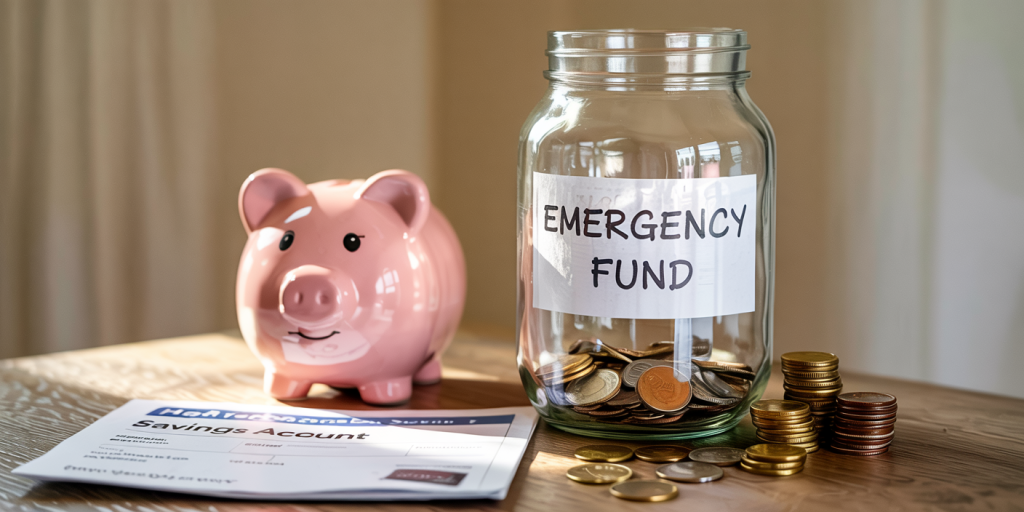
An emergency fund acts as a buffer during lean months, unexpected medical issues, or lost clients.
💡 How Much Should You Save?
Aim for 3 to 6 months’ worth of essential expenses. If your work is seasonal or volatile, lean toward the higher end of the spectrum.
🏦 Where to Keep It
-
Use a high-yield savings account for easy access and better interest rates.
-
Avoid investing this money — it should be readily available for emergencies, not subject to market volatility.
📈 Tip:
Treat your emergency fund like a recurring bill. Set up automatic contributions, even if it’s just $50 a month — consistency beats perfection.
Step 4: Create a Personal Salary System
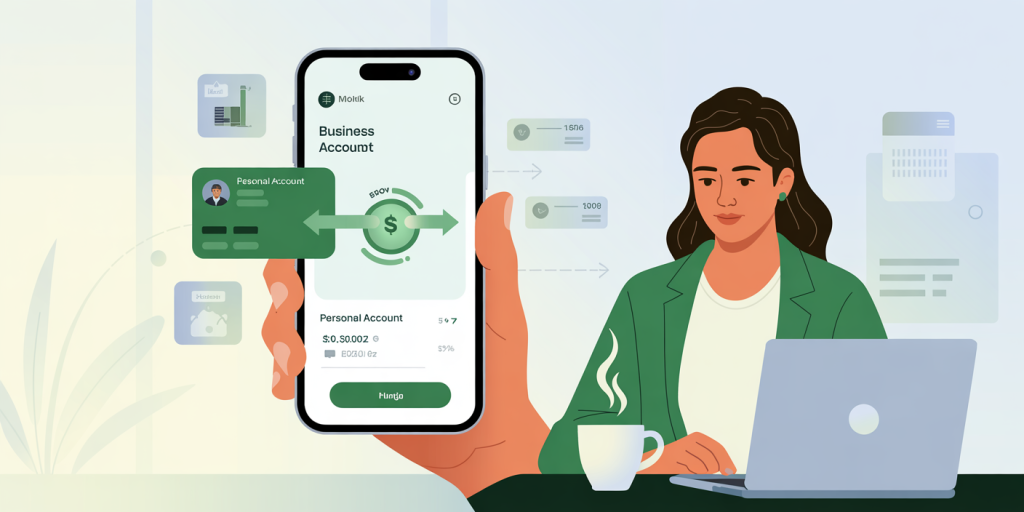
One of the smartest things a freelancer can do is pay themselves a fixed “salary.”
👨💼 Why It Works
-
Smooths out monthly income.
-
Simplifies budgeting and expense tracking.
-
Reinforces separation between business and personal finances.
🏦 How to Do It
-
Open two bank accounts: one for business income and one for personal use.
-
Transfer a fixed amount from your business account to your personal account on the same day each month.
-
Leave the rest in your business account for taxes, savings, and reinvestment.
Step 5: Automate Your Financial Systems

Automation reduces decision fatigue and ensures consistency in your financial habits.
🔧 What to Automate
-
Transfers to savings and emergency fund.
-
Tax savings contributions.
-
Bill payments (rent, subscriptions, loans).
-
Client invoicing and reminders using tools like FreshBooks, Bonsai, or QuickBooks Self-Employed.
By automating what you can, you’ll avoid missed payments and build reliable habits without constant mental effort.
Step 6: Build Your Own Benefits Package

Freelancers don’t get employer-sponsored benefits — but that doesn’t mean you should go without protection.
🏥 Health Insurance
-
Explore healthcare options via Healthcare.gov, Freelancers Union, or local marketplaces.
-
Consider Health Savings Accounts (HSAs) if eligible — these offer tax advantages.
🏖 Retirement Planning
-
Open a Roth IRA, SEP IRA, or Solo 401(k).
-
Make it a habit to contribute monthly or quarterly, just like a regular employee would.
🚑 Disability and Life Insurance
Consider a disability income insurance policy. It protects your income in case of illness or injury. Life insurance is essential if you have dependents or debt.
Step 7: Monitor and Adjust Your Budget Regularly

Budgeting isn’t a one-and-done task — it’s an evolving tool.
🔄 What to Review Monthly
-
Income vs. expenses
-
Adjustments in client work or rates
-
Emergency fund growth
-
Tax savings balance
Make tweaks based on your cash flow. When you land a new contract or drop a client, reflect those changes in your budget.
Step 8: Diversify Your Income Streams

Depending on one client or gig is risky — diversify your income like you would an investment portfolio.
💼 How to Diversify
-
Work with multiple clients.
-
Offer add-on services (e.g., a graphic designer also offering branding consultations).
-
Create digital products (courses, templates, e-books).
-
Explore affiliate marketing or content monetization.
This approach not only boosts your income but also gives you a safety net if one stream slows down.
Step 9: Use Credit Wisely

Credit can be helpful — but dangerous if misused.
🧠 Best Practices
-
Use a business credit card for work-related expenses and track deductions.
-
Pay balances in full to avoid interest.
-
Build a strong credit score to access better rates on loans or lines of credit.
In emergencies, access to credit can keep your operations running — just don’t use it as a substitute for financial planning.
Bonus Tip: Track Your Time as Carefully as You Track Your Money
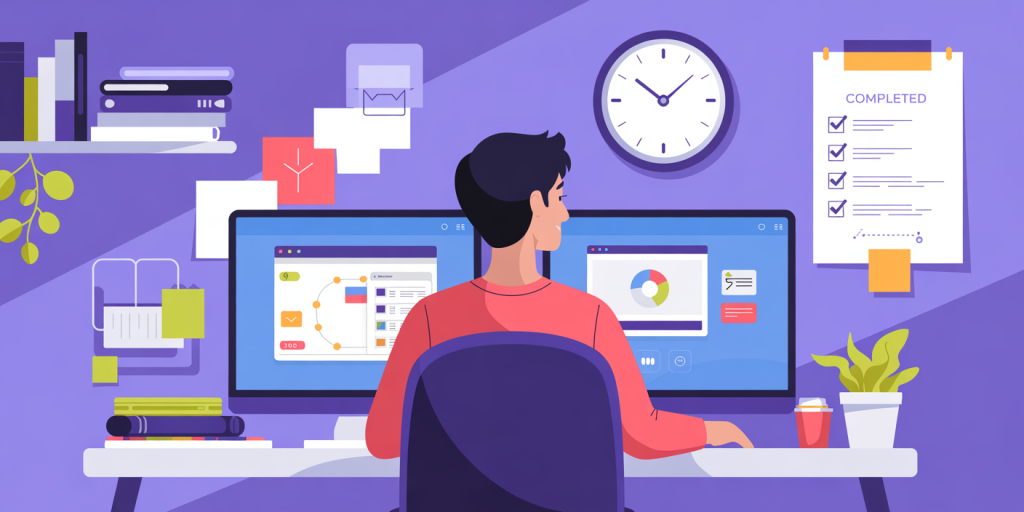
Many freelancers underestimate how long projects take — which can lead to undercharging or missed deadlines.
Use time-tracking tools like Toggl, Clockify, or Harvest to:
-
Identify profitable vs. low-yield tasks
-
Optimize how you spend your working hours
-
Better estimate future project scopes
Understanding your time helps you maximize your earnings per hour and make informed pricing decisions.
Final Thoughts: Build Your Financial Ecosystem
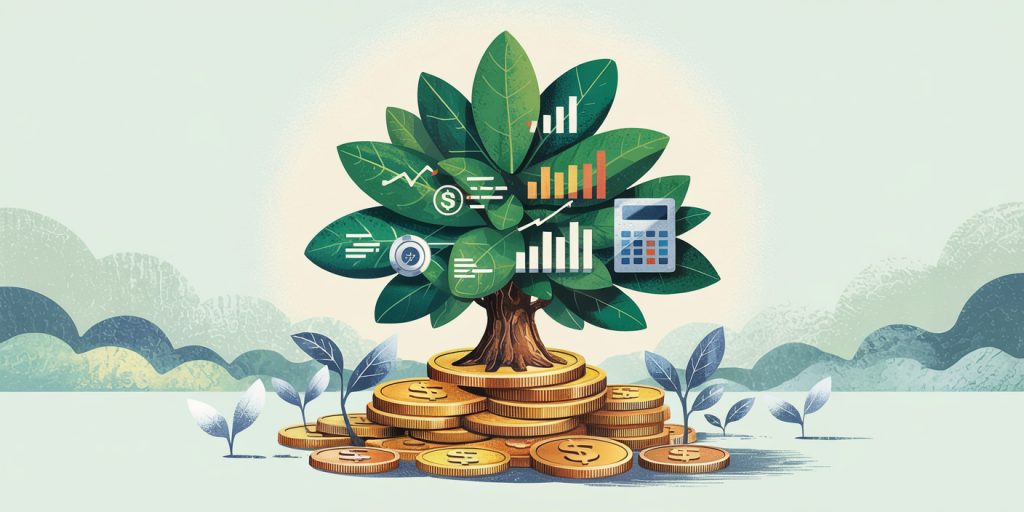
Managing irregular income isn’t about rigid budgeting or depriving yourself. It’s about creating a flexible, resilient financial ecosystem that supports your lifestyle and long-term goals.
When you:
-
Plan for ups and downs,
-
Build an emergency cushion,
-
Pay yourself a steady salary,
-
Automate savings and taxes,
-
And continually adjust your approach…
…you’re not just surviving as a freelancer — you’re thriving.
Whether you’re a seasoned solopreneur or just starting out, these strategies will help you stay confident, stable, and in control — no matter what your income looks like month to month.
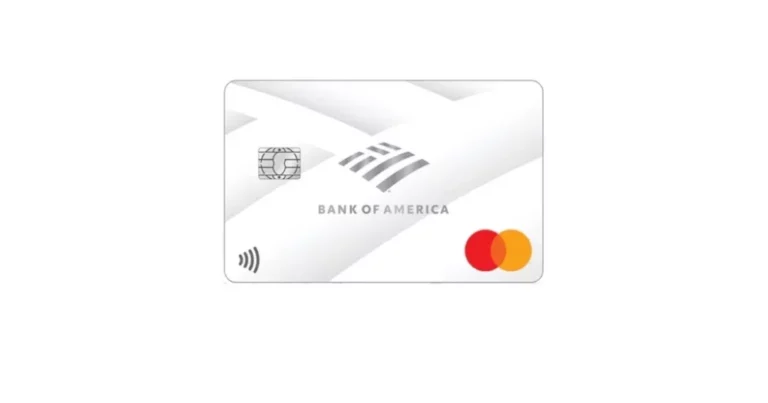
Post Comment